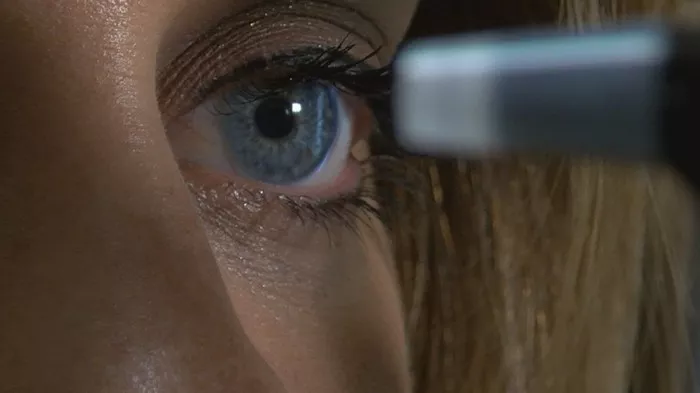New Strategies May Delay Surgery
Researchers at the University of Auckland, New Zealand, have proposed innovative cataract treatment strategies in a review article published in the journal Antioxidants. They suggest using the eye lens’s natural molecular machinery to boost levels of the antioxidant glutathione in various regions of the lens.
Cataracts are a leading cause of visual impairment and blindness worldwide. Major risk factors for developing cataracts include aging, diabetes, and prior vitrectomy surgery.
While cataract surgery is a highly effective way to treat the condition and restore vision, it is also the most commonly performed surgical procedure globally. The high demand for this surgery puts pressure on healthcare systems, leading to long waiting times. This situation underscores the need for alternative strategies to prevent or delay cataracts.
Global Health Impact
Cataracts account for 51% of blindness worldwide, highlighting the significant potential of new antioxidant-based treatments to improve global health.
Oxidative stress plays a major role in the development of cataracts. Research shows that several antioxidant therapies can delay cataract progression. Glutathione (GSH), the primary antioxidant in the eye lens, is considered a promising candidate for preventing or delaying cataract formation.
However, delivering glutathione effectively is challenging due to its rapid degradation. The article explains that anatomical barriers in the anterior eye and intracellular barriers within the lens complicate the delivery of glutathione to different regions.
Promising Strategies
The researchers identified three strategies that leverage the eye lens’s natural molecular mechanisms. These approaches have shown promise in increasing glutathione levels and preventing cataracts. By utilizing existing molecular pathways, these strategies may overcome some limitations associated with using external antioxidants, which have yielded mixed results.
In this review article, the authors provide a detailed overview of these promising strategies, paving the way for new methods to combat cataracts and reduce the need for surgical intervention.
Related topics:


